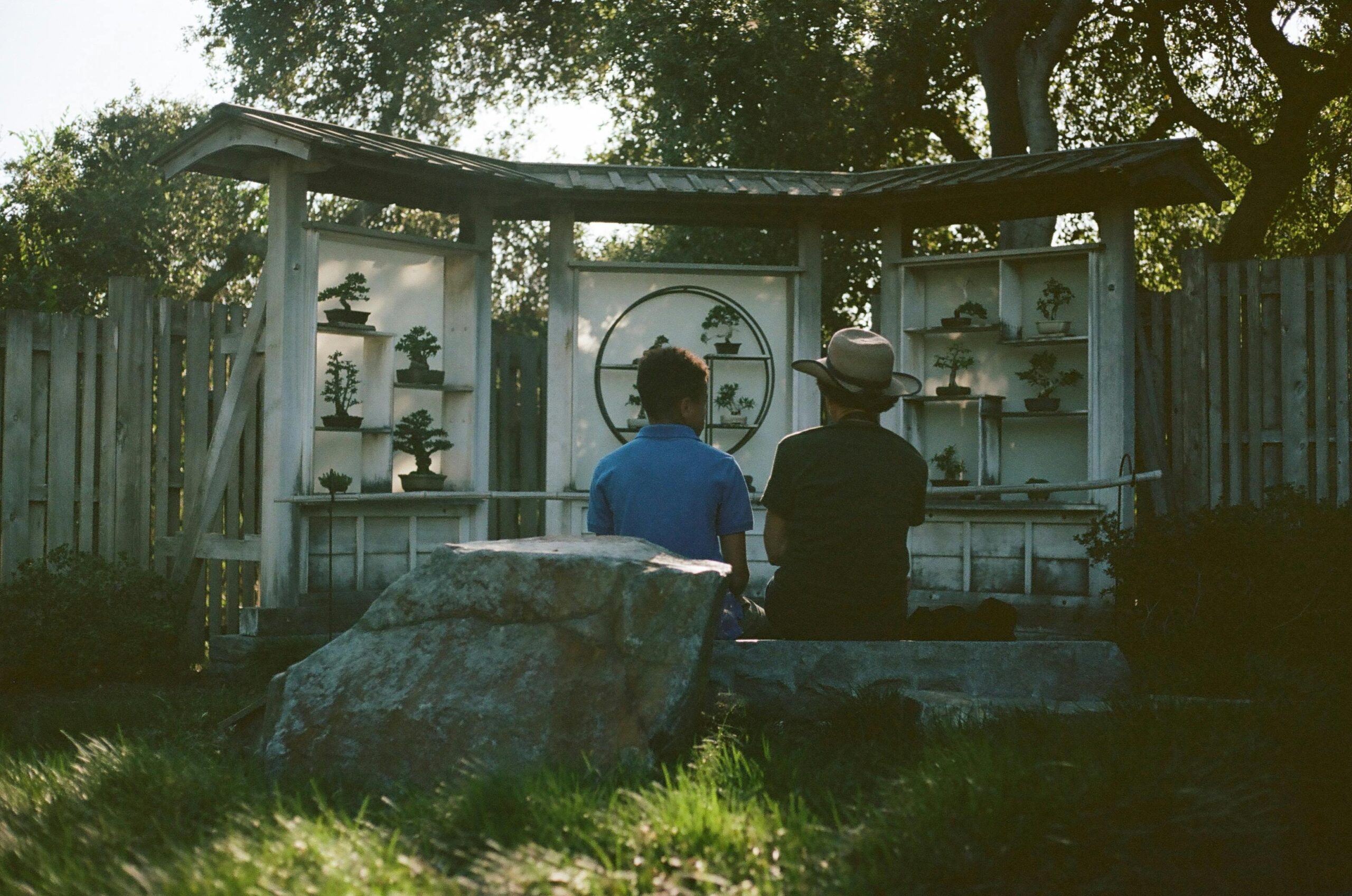How to organize the garden?
After creating a garden, organizing it is considered a fundamental task. You need to organize your garden according to your preferences before it will be beautiful.
Organizing your garden involves several steps:
Assessment: Assess your site, noting sunlight exposure, soil quality, and existing features.
Plan: Decide what you want to grow and where. Consider factors such as plant size, growth habits, and compatibility.
Layout: Design paths, beds, and borders. Think about aesthetics, accessibility, and functionality.
Planting: Choose plants suitable for your climate and conditions. Arrange them according to your plan considering spacing and companion planting.
Maintenance: Establish a routine for watering, weeding, and fertilizing. Monitor for pests and diseases, and address them promptly.
Extras: Include seating, decorative elements, or wildlife habitat to enhance your garden’s appeal and biodiversity.
Adaptability: Stay flexible and be ready to adjust your plans according to the evolving needs of your garden and your personal preferences.”
Seasonal considerations: Plan for year-round interest by selecting plants that visually appeal in different seasons. Incorporate a mix of flowering plants, evergreens, and foliage with vibrant fall colors.
Vertical Gardening: Use vertical space with trellis, arbors, or wall-mounted planters to maximize planting area and add dimension to your garden.
Functional Zones: Create distinct areas within your garden for specific purposes, such as a vegetable patch, herb garden, or relaxation zone. This helps streamline maintenance and increases usability.
Watering system: Install a drip irrigation system or soaker hose to ensure efficient water distribution and reduce water wastage. Consider rain barrels or rainwater harvesting systems for eco-friendly water.
Storage Solutions: Dedicated space to store tools, pots, and other garden essentials. Install sheds, cabinets, or storage benches to keep everything organized and easily accessible.
Lighting: Incorporate outdoor lighting to enhance the use of your garden during the evening hours. Choose soft, ambient lighting for entertaining areas and functional task lighting for pathways and workspaces.
Sustainability: Adopt eco-friendly practices like composting, mulching, and using native plants to promote biodiversity and conserve resources.
Personal touches: Infuse your personality into the garden with unique decorations, artwork, or handmade features. Incorporate elements that reflect your interests, creating a space that feels inviting and personalized
We usually do a courtyard garden or roof garden and other gardens. But as with all gardens, keeping everything organized brings out the beauty of each garden.







Leave a Reply